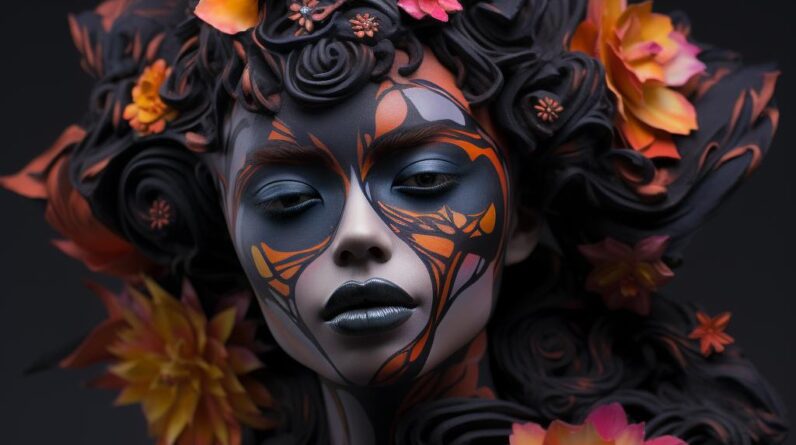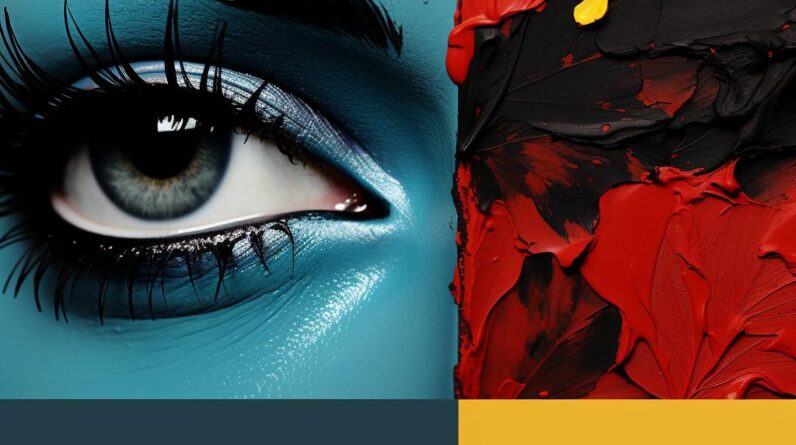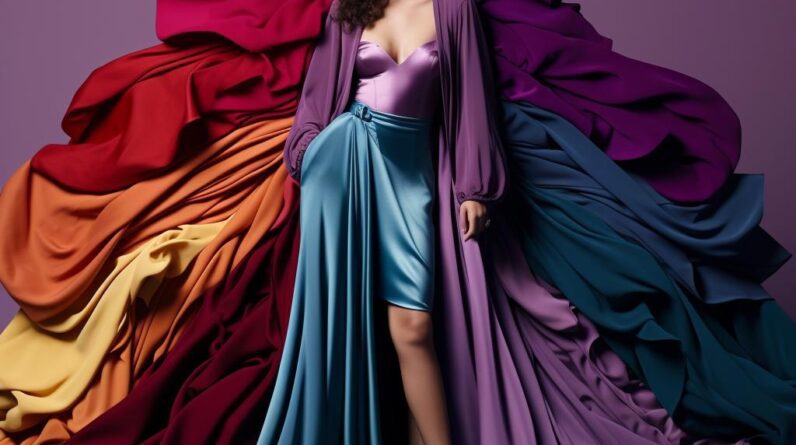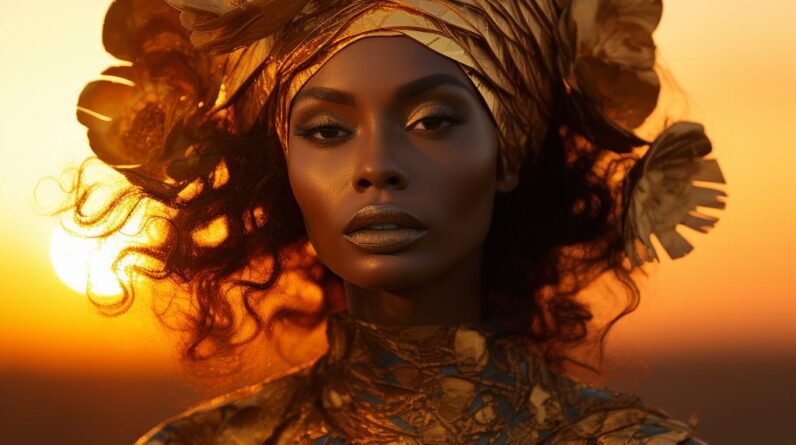Table of Contents
Fashion collaborations are a growing trend in the fashion industry. They can take many forms, from limited-edition collections to co-branded products. When done well, fashion collaborations can benefit both brands and designers.
In this comprehensive guide, we will discuss everything you need to know about fashion collaborations. We will cover topics such as:
- What is a fashion collaboration?
- Benefits of fashion collaborations for brands
- Benefits of fashion collaborations for designers
- Types of fashion collaborations
- How to create a successful fashion collaboration
- Examples of successful fashion collaborations
- How to pitch a fashion collaboration to a brand
- How to get your fashion collaboration featured in the media
- Conclusion
By the end of this guide, you will have a solid understanding of fashion collaborations and how to use them to grow your business.</p
II. What is a fashion collaboration?
A fashion collaboration is a partnership between two or more brands or designers to create a new product or collection. Collaborations can be between brands of the same type, such as two clothing brands, or between brands of different types, such as a fashion brand and a beauty brand.
Fashion collaborations can take many forms, from a simple co-branded product to a full-blown collection designed by two designers. They can be used to reach new customers, create buzz for a brand, or simply experiment with new ideas.
In recent years, fashion collaborations have become increasingly popular. Some of the most successful collaborations have included Nike x Off-White, Supreme x Louis Vuitton, and Yeezy x Adidas. These collaborations have helped to boost the sales of both brands and have introduced new audiences to each brand.
If you are a fashion brand or designer, collaborating with another brand can be a great way to grow your business and reach new customers. By working with a partner, you can tap into their customer base and access their distribution channels. You can also benefit from their expertise and resources.
III. Benefits of fashion collaborations for brands
There are many benefits of fashion collaborations for brands, including:
- Increased brand awareness
- Enhanced brand image
- Improved sales
- Increased customer engagement
- Access to new markets
- Increased credibility
- Enhanced product development
By collaborating with a designer, brands can tap into the designer’s expertise and creativity to create unique and innovative products that appeal to their target audience. This can help brands to increase brand awareness, enhance their brand image, and improve sales. Collaborations can also help brands to reach new markets and attract new customers. Additionally, collaborations can help brands to build credibility and establish themselves as leaders in their industry. Finally, collaborations can help brands to improve product development and create products that are more relevant to their target audience.
IV. Benefits of fashion collaborations for designers
Fashion collaborations can offer a number of benefits for designers, including:
- Increased exposure to new audiences
- Enhanced brand awareness
- Access to new markets
- Increased sales
- Improved design skills
- Reputational benefits
By collaborating with a brand, designers can reach a wider audience and introduce their work to new customers. This can lead to increased sales and brand awareness. Additionally, collaborating with a brand can give designers access to new markets and resources. For example, a designer who collaborates with a major retailer may be able to sell their products in stores all over the world.
Collaborations can also help designers to improve their design skills. By working with other creative professionals, designers can learn new techniques and approaches. This can help them to develop their own unique style and create more innovative designs.
Finally, collaborations can also benefit designers’ reputations. By working with a well-known brand, designers can associate themselves with a certain level of quality and prestige. This can help them to attract new clients and secure future collaborations.
V. Types of fashion collaborations
There are many different types of fashion collaborations, each with its own unique benefits and challenges. Some of the most common types of collaborations include:
- Collaborations between brands and designers
- Collaborations between brands and influencers
- Collaborations between brands and celebrities
- Collaborations between brands and retailers
- Collaborations between brands and non-profit organizations
Each type of collaboration has its own unique benefits and challenges. For example, collaborations between brands and designers can help to create new and innovative products, while collaborations between brands and influencers can help to reach a wider audience.
When considering which type of collaboration to pursue, it is important to carefully consider the goals of the collaboration and the resources that are available. By carefully planning and executing a fashion collaboration, brands can create mutually beneficial partnerships that can help to grow their businesses and reach new audiences.
VI. How to create a successful fashion collaboration
There are a few key things to keep in mind when creating a successful fashion collaboration.
First, you need to have a clear idea of what you want to achieve with the collaboration. Are you looking to create a limited-edition capsule collection? A one-of-a-kind piece? A long-term partnership? Once you know what you want to achieve, you can start to develop a strategy for how to reach your goals.
Second, you need to find the right partner. This is someone who shares your vision and values, and who has the skills and resources to help you create a successful collaboration. It’s important to do your research and make sure that you’re collaborating with someone who is a good fit for your brand.
Third, you need to create a strong marketing plan. This will help you to reach your target audience and generate excitement about the collaboration. Your marketing plan should include a clear message, strong visuals, and a compelling call to action.
Finally, you need to execute your plan flawlessly. This means paying attention to detail, working with your partner closely, and staying on top of deadlines. If you do all of these things, you’ll be well on your way to creating a successful fashion collaboration.
VII. Examples of successful fashion collaborations
Here are some examples of successful fashion collaborations:
- In 2019, Nike collaborated with Virgil Abloh to create the Air Jordan 1 x Off-White “”Chicago”” sneaker. The shoe was a huge success, selling out in minutes and reselling for thousands of dollars.
- In 2020, Gucci collaborated with The North Face to create a capsule collection of outdoor gear. The collection was popular with both fashion and outdoor enthusiasts, and sold out quickly.
- In 2021, Prada collaborated with adidas to create a line of sneakers and apparel. The collection was praised for its innovative design and high-quality materials.
These are just a few examples of the many successful fashion collaborations that have taken place in recent years. These collaborations have helped to bring together different brands and audiences, and have created some truly innovative and stylish products.
How to pitch a fashion collaboration to a brand
IX. How to get your fashion collaboration featured in the media
Once you have created a successful fashion collaboration, you will want to get it featured in the media. This can help to increase brand awareness and sales. Here are a few tips for getting your fashion collaboration featured in the media:
- Reach out to fashion journalists and editors. Send them a press release about your collaboration and include high-quality images of the products. You can also invite them to attend a launch event or fashion show.
- Partner with influencers. Collaborate with influencers who have a large following in your target market. They can help to promote your collaboration to their fans and followers.
- Use social media. Share photos and videos of your collaboration on social media and tag relevant brands and influencers.
- Run a contest or giveaway. Offer a contest or giveaway to promote your collaboration. This can help to generate excitement and buzz around the products.
By following these tips, you can increase your chances of getting your fashion collaboration featured in the media. This can help to boost brand awareness and sales.
How to get your fashion collaboration featured in the media
Once you’ve created a successful fashion collaboration, the next step is to get it featured in the media. This can help you to reach a wider audience and generate more awareness for your brand. Here are a few tips for getting your fashion collaboration featured in the media:
Pitch your story to fashion journalists. Once you have a finished product, reach out to fashion journalists and bloggers who cover your industry. Tell them about your collaboration and why it’s newsworthy. Be sure to include high-quality images of the collection and a press release.
Attend fashion events. Attending fashion events is a great way to network with journalists and bloggers. You can also use these events to promote your collaboration and get people excited about it.
Use social media. Social media is a great way to promote your fashion collaboration and get people talking about it. Share photos of the collection, behind-the-scenes footage, and stories about the collaboration.
Partner with influencers. Partnering with influencers is a great way to reach a wider audience. Influencers can help you to promote your collaboration and get people excited about it.
By following these tips, you can increase your chances of getting your fashion collaboration featured in the media. This can help you to reach a wider audience, generate more awareness for your brand, and boost your sales.”






